Practical Strategies for Interdisciplinary Teaching in Today’s University
Faculty Focus
JULY 17, 2025
For example, a course on city growth might pull from earth science, social studies, money matters, and city planning. O’Sullivan (2025) suggests a “U-shaped learning” model for teaching across fields, focusing on two main skills: blending knowledge and putting it to work. References O’Sullivan, G.

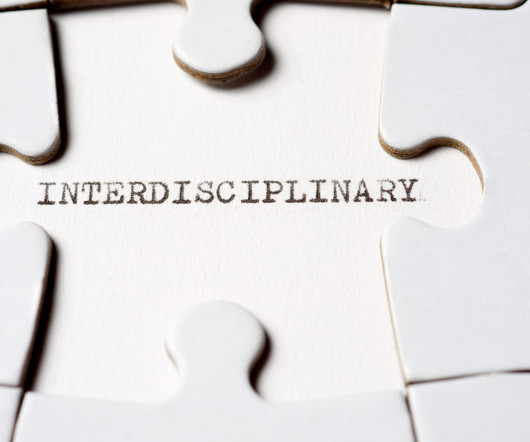
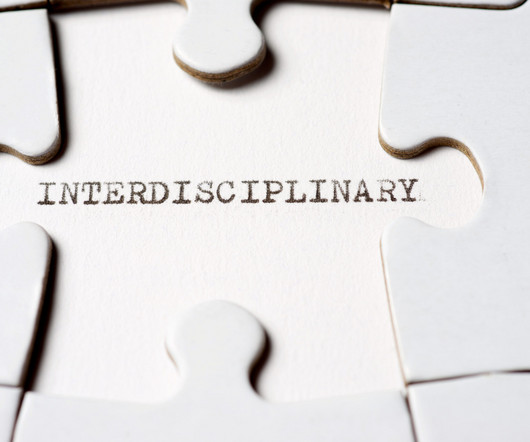

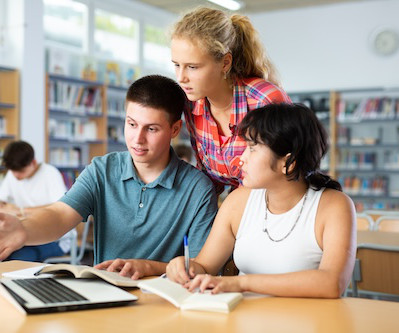
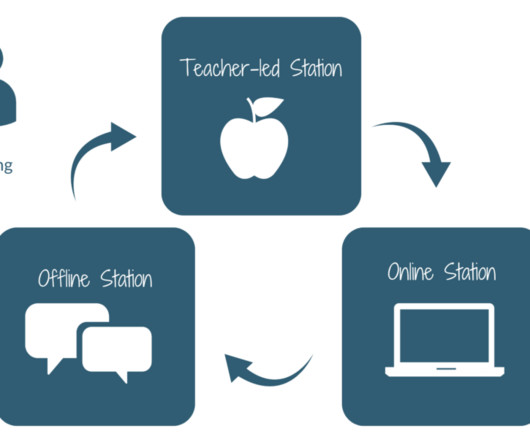
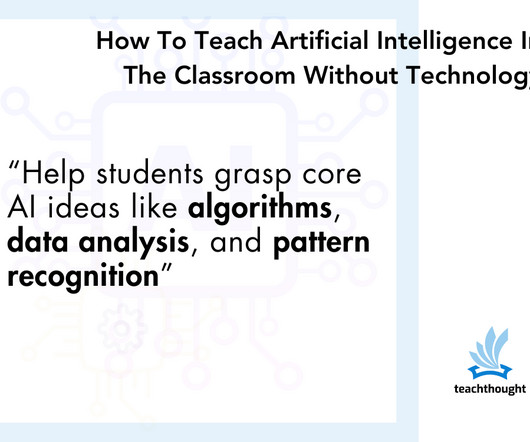










Let's personalize your content